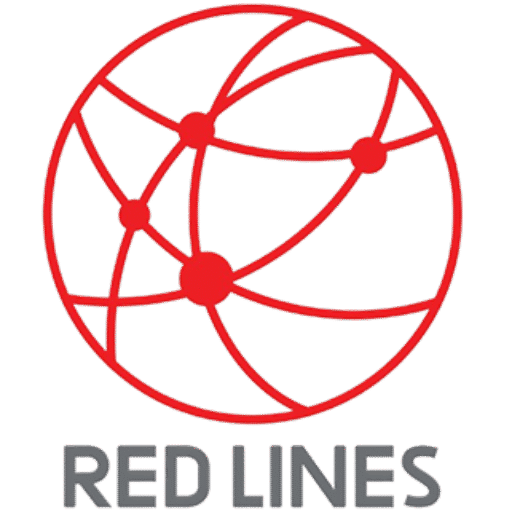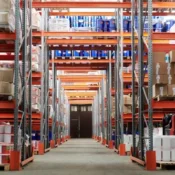In the heart of Saudi Arabia, Riyadh stands as a hub of logistics and industrial growth. With rising demand for pharmaceuticals, food, and other temperature-sensitive goods, maintaining efficient cold chain storage has become more important than ever. Whether it’s a pharmaceutical warehouse, food distribution center, or a medical cold room, every facility must ensure the environment stays within the required temperature range to maintain product quality and regulatory compliance.
This is where Temperature Mapping Studies play a vital role. They help cold storage operators identify temperature fluctuations, ensure even cooling, and maintain consistency throughout the facility.
At Redlines, we specialize in temperature mapping studies across Saudi Arabia — including Jeddah, Dammam, and Riyadh — providing end-to-end validation and qualification services that ensure your storage facilities meet global standards.
Visit www.Redlines.sa to learn more about our temperature mapping and validation services.
Here are three key steps to optimize cold chain storage in Riyadh using Temperature Mapping Studies:
Step 1: Conduct a Comprehensive Temperature Mapping Study
The first and most crucial step in optimizing any cold storage system is conducting a detailed temperature mapping study. This process involves strategically placing temperature sensors throughout the storage area — on walls, ceilings, racks, and corners — to measure variations in temperature under different conditions.
In Riyadh, where outdoor temperatures can exceed 45°C, even the smallest inconsistency in insulation or airflow can affect product safety. Through temperature mapping, Redlines identifies hot and cold zones within the facility, helping operators make precise adjustments to airflow distribution, insulation thickness, or HVAC calibration.
Our expert team performs mapping during both empty and loaded conditions to ensure the system performs reliably in all real-world scenarios. The collected data is analyzed to detect trends, verify compliance with global Good Distribution Practices (GDP), and recommend improvements for maintaining optimal conditions.

Step 2: Implement Data-Driven Optimization and Validation
Once the temperature mapping study reveals the temperature patterns, the next step is to take corrective action. This may involve adjusting the placement of air ducts, recalibrating sensors, or improving door seals to prevent air leakage.
At Redlines, we go beyond data collection — our specialists perform operational qualification (OQ) and performance qualification (PQ) to ensure that the cold storage system operates consistently and effectively under actual working conditions.
By integrating continuous monitoring systems and conducting follow-up temperature mapping studies, facilities can verify improvements and ensure long-term reliability. This approach transforms data into action, enhancing both energy efficiency and product safety.
Moreover, regular revalidation is essential — particularly in a climate like Riyadh’s, where seasonal temperature variations can influence warehouse performance. Our periodic mapping and validation ensure your cold chain remains compliant with local and international quality standards year-round.
Step 3: Maintain Compliance and Continuous Monitoring
In Saudi Arabia’s growing logistics landscape, compliance is not just a requirement — it’s a competitive advantage. Regulatory bodies and global clients demand precise documentation proving that temperature-controlled environments are maintained correctly.
Temperature mapping studies provide this essential documentation, including sensor layout maps, calibration certificates, and real-time temperature reports. These records help businesses demonstrate compliance with WHO, FDA, and SFDA regulations.
At Redlines, we provide comprehensive reports that include graphical temperature profiles, sensor data logs, and recommendations tailored to your specific facility. We also assist clients in implementing automated monitoring systems, allowing 24/7 data tracking and instant alerts in case of temperature excursions.
This continuous validation approach not only prevents product loss but also builds trust with clients and regulatory authorities. Whether you manage a large pharmaceutical warehouse in Riyadh or a food distribution hub in Dammam, maintaining validated temperature conditions protects your products — and your reputation.
Conclusion
Efficient cold chain storage in Riyadh requires more than just powerful cooling equipment — it demands insight, precision, and ongoing validation. Through Temperature Mapping Studies, businesses gain a complete understanding of how temperature behaves within their facility and take proactive steps to maintain quality and compliance.
At Redlines, we help clients across Jeddah, Dammam, and Riyadh achieve cold storage excellence through detailed mapping, validation, and ongoing support.
To discover how our expert team can help optimize your facility, visit www.Redlines.sa — your trusted partner in temperature mapping and qualification services across Saudi Arabia.









